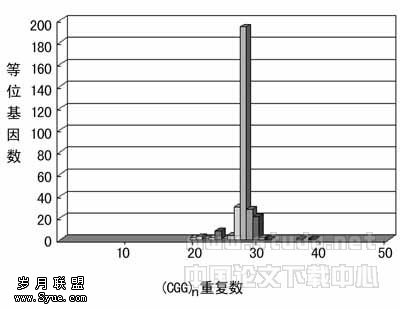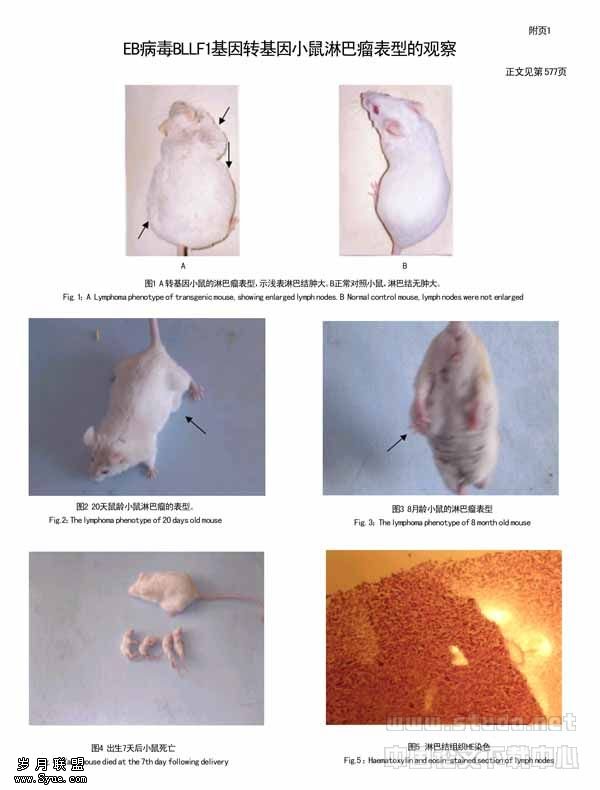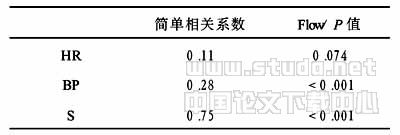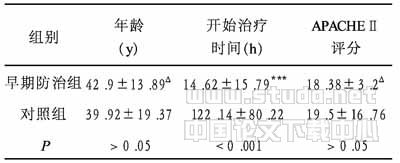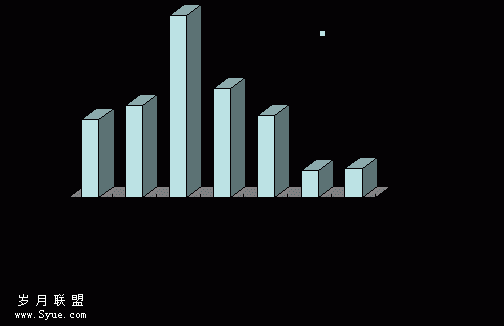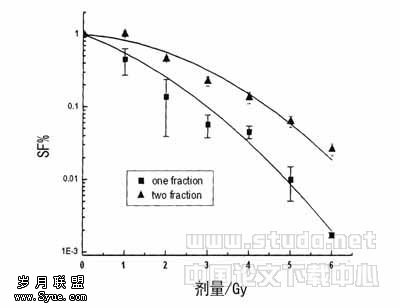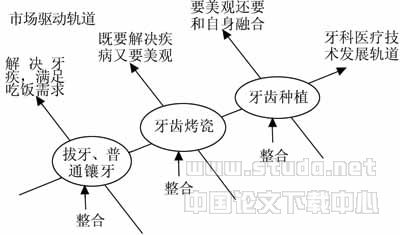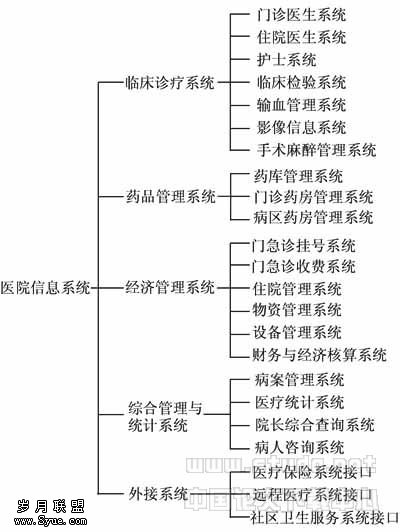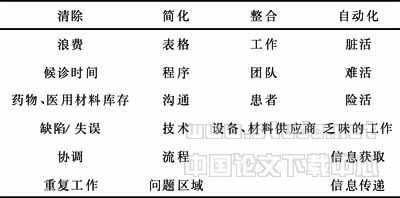常见胃部疾病患者血清、涎液和胃液中表皮生长因子水平的变化
作者:朱瑞龙,李炳琳,沈伟忠
【摘要】 目的 探讨人体液中表皮生长因子(hEGF)水平的变化与常见胃部疾病之间的关系。方法 应用放射免疫分析法(RIA)检测慢性胃炎65例、胃溃疡36例、十二指肠溃疡48例、胃癌33例和20例正常人血清、涎液和胃液中hEGF水平。 结果 血清、涎液和胃液中hEGF水平(ug/L)慢性胃炎组与正常对照组比较(分别为 0.86±0.33、2.57±1.54、1.59±1.35与0.90±0.33、2.74±1.31、1.81±0.90),差异均无显著性(P>0.05);DU组(分别为1.05±0.45、2.10±1.07、1.18±0.63)与正常对照组比较,血清中差异无显著性(P>0.05),涎液和胃液中hEGF水平均显著低于正常对照组(P<0.05); GU组(分别为1.26±0.64、2.10±0.98、1.25±0.99),hEGF水平均显著低于正常对照组(P<0.05);对PU患者各病期之间比较,血清、涎液和胃液中hEGF水平均呈A期
【关键词】 消化性溃疡;胃癌;表皮生长因子;血清;涎液;胃液
【Abstract】 Objective To study the alterations of epidermal growth factor in patients with gastric diseases.Methods The hEGF levels of serum,saliva and gastric juice were determined using radioimmunoassay in 65 cases of chronic gastritis,36 cases of GU,48 cases of DU,33 cases of gastric cancer and 20 healthy subjects. Results The hEGF levels (μg/L) of serum,saliva and gastric juice in patients with chronic gastritis (0.86±0.33,2.57±1.54 ,1.59±1.35) and normal control group (0.90±0.33 ,2.74±1.31,1.81±0.90) were not statistically different (P>0.05). The hEGF levels of serum (1.05±0.45) in patients with DU and normal control group were not statistically different (P>0.05),the hEGF levels of saliva (2.10±1.07) and gastric juice (1.18±0.63) in patients with DU were lower than that in normal control group (P<0.05). The hEGF levels of serum,saliva and gastric juice in patients with GU (1.26±0.64,2.10±0.98,1.25±0.99) were lower than that in normal control group (P<0.05). The hEGF levels of serum,saliva and gastric juice with A stage of PU lower than that in H stage,and H stage lower than that in S stage,especially in saliva. The hEGF levels of serum in patients with gastric cancer (1.35±0.67) were lower than that in normal control group (P<0.05). Conclusion To determined the hEGF levels in saliva can be used in diagnosis and treatment of peptic ulcer,the serum hEGF can be a reliable indicator in clinical diagnosis and prognosis to evaluate of gastric cancer.
【Key words】 peptic ulcer;stomach cancer;epidermal growth factor;serum;saliva juice;gastric juice
人类表皮生长因子(hEGF)是一种由颌下腺、十二指肠 brunner’s腺和肾脏等分泌的小分子多肽,由53个氨基酸组成,具有促进胃肠道组织增殖和刺激DNA合成等生物活性,以及抑制胃酸分泌和保护胃黏膜等功能。研究指出体液中hEGF水平改变与消化性溃疡(PU)、胃癌的发病有关。笔者应用放射免疫分析法(RIA),测定慢性胃炎、消化性溃疡、胃癌患者和正常人的血清、涎液和胃液中hEGF水平,以探讨其临床意义。
1 资料与方法
1.1 一般资料 本组慢性胃炎患者65例(男43例,女22例,年龄18~75岁,平均44.2岁)。消化性溃疡(PU)患者84例(男71例,女13例,年龄23~87岁,平均48.5岁),其中胃溃疡(GU)36例(男30例,女6例,平均57.8岁),十二指肠溃疡(DU)48例(男41例,女7例,平均41.6岁)。胃癌33例(男30例,女3例,年龄35~81岁,平均64.9岁)。另外20例健康人(男10例,女10例,年龄22~53岁,平均40.0岁)作为正常对照组。
1.2 方法 抽取上述受试者清晨空腹血4ml,在做内镜前即刻收集涎液4ml,并在内镜检查时应用外径为0.25cm的塑料管经活检孔插入胃内抽吸胃液4ml(每一受试者均采用一次性口杯、塑料管和针筒收集标本),分别经离心,分离血清、涎液和胃液上清,置于-30℃冰箱内保存待检。
1.3 hEGF测定 本组标本采用的放射免疫分析药盒由北京海科锐生物技术中心提供,按说明书规定进行操作测定,绘制成标准曲线并求得测定值。
1.4 统计学处理 采用t检验。
2 结果
2.1 慢性胃炎、消化性溃疡、胃癌患者及正常人血清、涎液和胃液中hEGF水平见表1。血清、涎液和胃液中hEGF水平(ug/L)慢性胃炎组与正常对照组比较(n=65, 分别为0.86±0.33、2.57±1.54、1.59±1.35与n=20, 0.90±0.33、2.74±1.31、1.81±0.90),差异均无显著性(P>0.05);DU组hEGF(n=48, 分别为1.05±0.45、2.10±1.07、1.18±0.63)与正常对照组比较,血清中差异无显著性(P>0.05),涎液和胃液中hEGF水平均显著低与正常对照组(P<0.05);GU组hEGF(n=36, 分别为1.26±0.64、2.10±0.98、1.25±0.99),均显著低与正常对照组(P<0.05);胃癌组hEGF(n=33, 分别为1.35±0.67、2.97±1.48、1.54±0.90),血清中hEGF水平显著高于正常对照组(P<0.05),而涎液、胃液中hEGF水平与正常对照组比较差异无显著性(P>0.05)。
表1 慢性胃炎、消化性溃疡、胃癌患者及正常人血清、涎液和胃液中hEGF水平的比较 (x±s,ug/L)
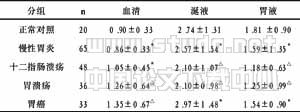
注:与正常对照组比较,*P>0.05,△P<0.05
2.2 消化性溃疡(PU)患者各病期之间血清、涎液和胃液中hEGF水平比较见表2。GU组(n=36),其中A期17例,H期10例和S期9例,A期、H期、S期hEGF 水平(μg/L)血清(1.03±0.53、1.36±0.71、1.58±0.63)、涎液(1.69±0.69、2.17±0.80、2.79±1.29)和胃液中(0.81±0.36、1.24±0.80、2.10±1.45)均呈A期低于H期,H期低于S期,A期与S期比较差异有显著性(P<0.05)。DU组(n=48),其中A期28例,H期9例和S期11例,A期、H期、S期hEGF 水平(ug/L)涎液中(1.81±0.89、2.25±1.42、2.73±1.01),亦呈A期低于H期,H期低于S期,A期与S期比较差异有显著性(P<0.05),DU患者血清和胃液中(分别为1.00±0.49、1.01±0.28、1.22±0.42和1.21±0.73、1.21±0.44、1.08±0.48)各病期之间比较差异无显著性(P>0.05)。
表2 消化性溃疡患者各病期之间血清、涎液和胃液中hEGF水平的比较 (x±s,μg/L)
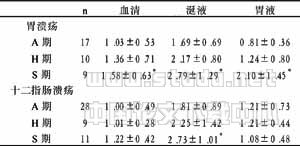
注: A期与S期比较,*P<0.05
3 讨论
hEGF 与靶细胞膜上特异性受体结合,激活调节蛋白及酶反应物质,引起一系列生化改变,从而产生生物效应。hEGF能刺激细胞有丝分裂,促进上皮组织的增殖和分化,促进胃黏膜DNA的合成,对组织的修复、再生有重要的作用,并参与肿瘤的发生、生长和扩散。众多资料表明,hEGF与胃癌的关系密切[1~3],又能较强地抑制胃酸分泌,从而能刺激胃黏膜生长和保护胃黏膜。研究表明,hEGF水平的高低与PU的发病有密切关系,且在PU的愈合中起着决定作用[4~6]。
本组33例胃癌患者均属进展期,其血清hEGF水平显著高于正常对照组此与国内外报道一致[1~2],推测其升高的原因可能是由颌下腺或Brunner’s腺释放入血增多,或是胃癌本身合成hEGF。胃癌组涎液中hEGF虽高于正常对照组,但无统计学意义;本组胃癌患者胃液中hEGF与正常对照组比较差异亦无显著性,此与国内外报道不符[1~2],推测其原因可能为进展期胃癌伴有不同程度的胃排空障碍、出血等因素,胃内潴留物不同程度地影响胃液中hEGF浓度所致。
本组胃十二指肠溃疡患者的涎液和胃液中hEGF水平均显著低于正常对照组和慢性胃炎组,与文献报道一致[4~5]。笔者对胃十二指肠溃疡各病期之间进行比较,发现血清、涎液和胃液中hEGF水平呈A期
本结果表明进展期胃癌患者血清hEGF水平显著增高,提示hEGF水平表达与胃癌的发生密切相关,检测血清hEGF水平有助于胃癌的临床诊断及评估预后;而涎液、胃液中hEGF水平受到各种因素影响,其对胃癌的诊断和疗效观察的价值有限。PU患者的涎液hEGF变化较为显著,测定涎液hEGF水平对PU患者的诊断和应用hEGF治疗PU提供了客观依据;尽管胃液中hEGF含量变化也较为明显,但由于PU时,可伴有不同程度的胃排空障碍等因素影响hEGF浓度,故其临床意义受到一定限制。
【文献】
1 Tokunaga A, Onda M,Okuda T, et al. Clinical significance of epidermal growth factor (EGF),EGF receptor, and C-erbB-2 in human gastric cancer. Cancer Supplement, 1995,75(6):1418.
2 刘光明,姜若兰,郑永贵.胃癌病人血、尿和唾液中人表皮生长因子的变化。中华消化杂志,1996,16(2):79.
3 Xia L, Yuan YZ, Xu CD, et al. Effects of epdermal growth factor on the growth of human gastric cancer cell and the implanted tumor of nude mice. World J Gastroenterol,2002,8(3):455.
4 Maccini DM, Veit BC. Salivary epidermal growth factor in patients with and without acid peptic disease. Am J Gastroenterol, 1990,85(9):1102.
5 Chen XQ, Zhang WD, Jiang B, et al. Reduced secretion of epidermal growth factor in duodenal ulcer patients with helicobacter pylori infection. China Natl J New Gastroenterol,1997,3(1):31.
6 Konturek EH, Kouturek J, Bobrzynski A, et al. Salivary and gastric luminal release of epidermal growth factor under basal conditions and after pentagastrin stimulation in healthy subjects and in duodenal ulcer patients before and after eradication of Helicobacter pylori. J Physiol Pharmacol, 1996,47(1):187.


